In Images: Fossilized Dinosaur Brain Tissue
How big is a dinosaur brain
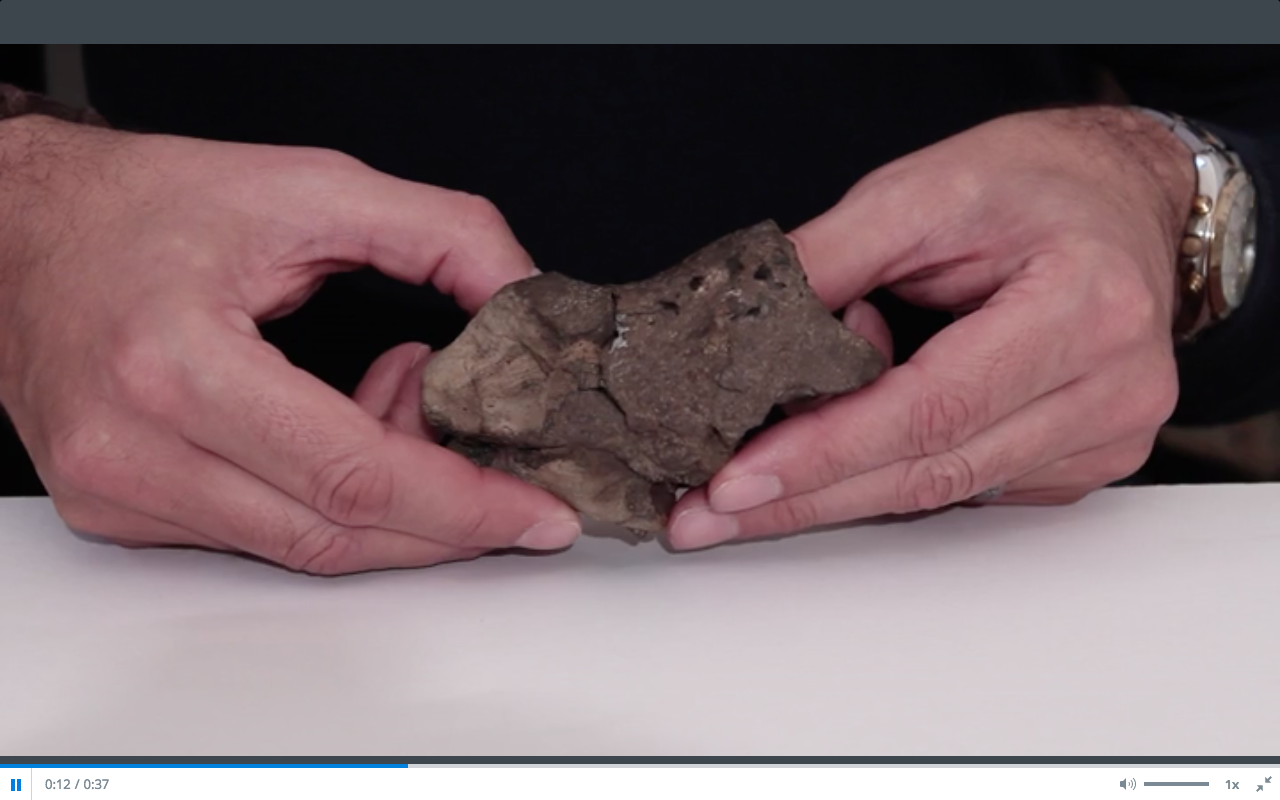
Paleontologists may never know what was going on in dinosaurs' noggins, but they just got one step closer to understanding the ancient beasts with the first-ever discovery of brain tissue from a dinosaur. Though some dinosaurs are believed to have sported quite large brains, namely those that led to modern birds, the researchers said this particular fossil does not display such size. [Read the full story on the dinosaur brain tissue]
Fossilized brain or pebble

The fossilized brain looked like an unassuming brown pebble when a fossil hunter in Sussex, England, found it more than a decade ago.
Pickled brain becomes rock
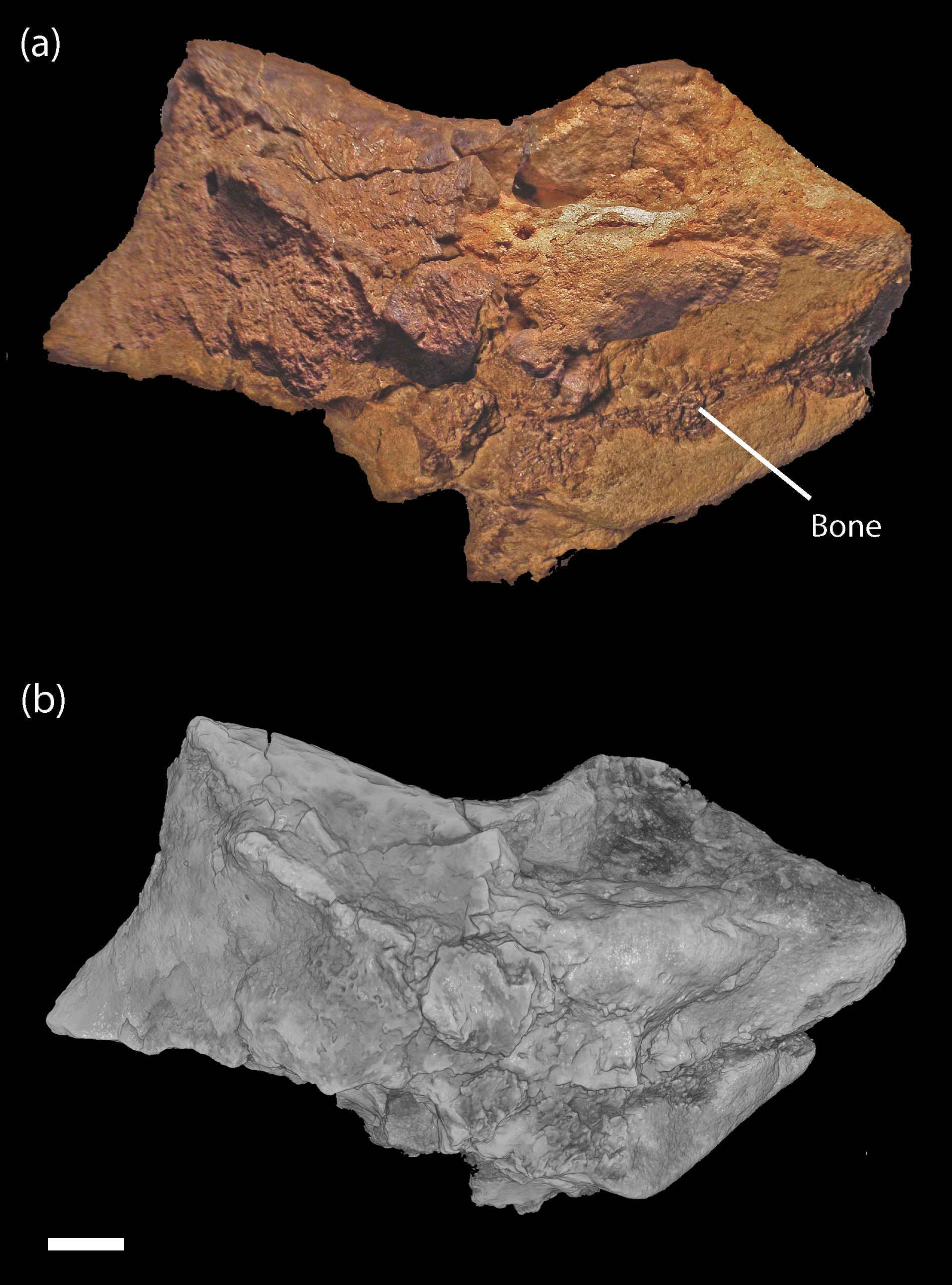
A photograph and digital rendering of the fossil highlight the construction of the specimen. The researchers said the brain was essentially pickled when the dinosaur died, allowing for fossilization of the soft tissue, which degrades faster than other types of organic material.
Dinosaur brain fossil timeline
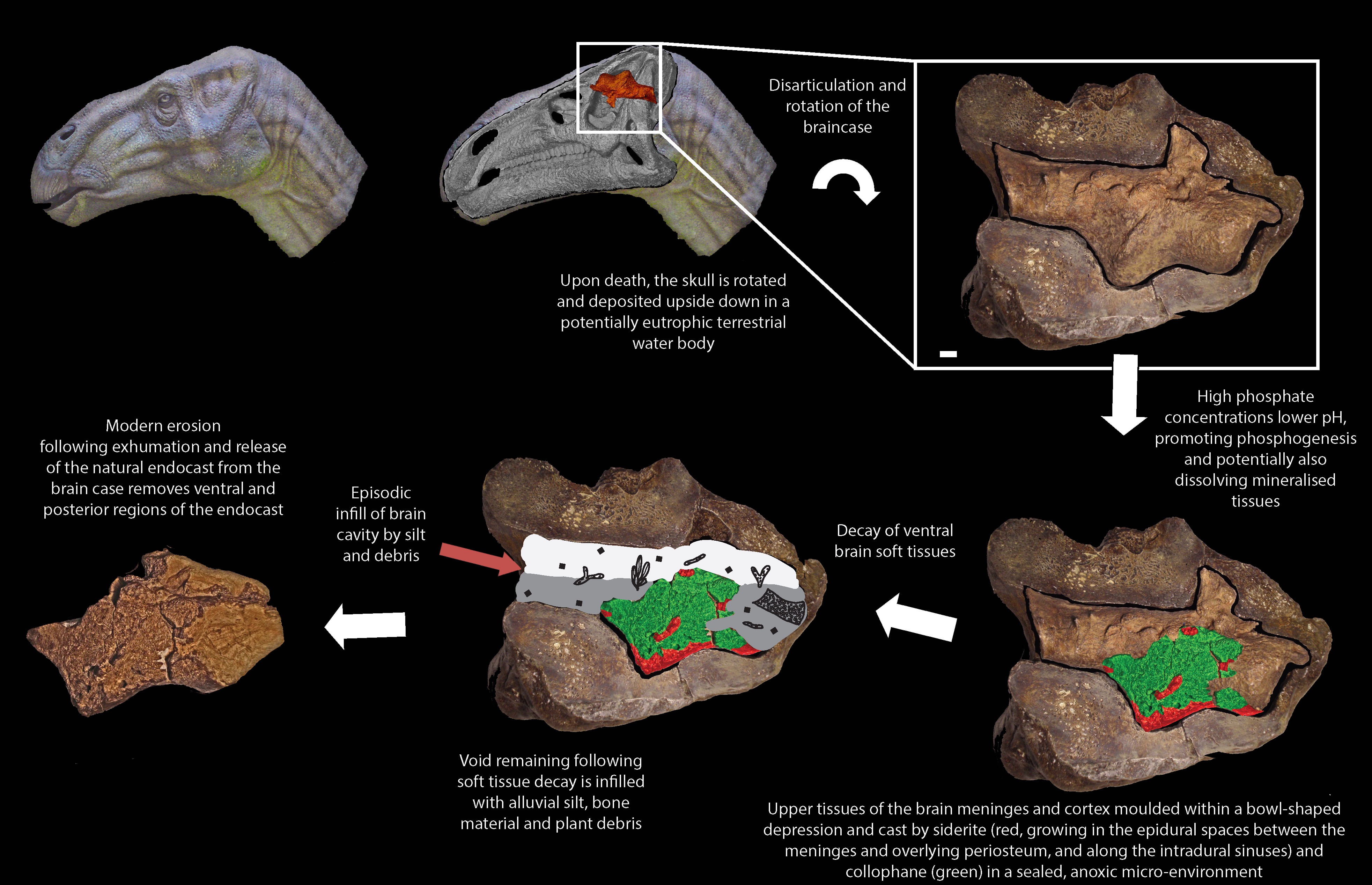
The researchers outlined the time sequence of how the small piece of dinosaur brain tissue became the pebble-looking fossil. Despite fossilization and erosion, they were able to identify different structures within the tissue.
Fossil architecture
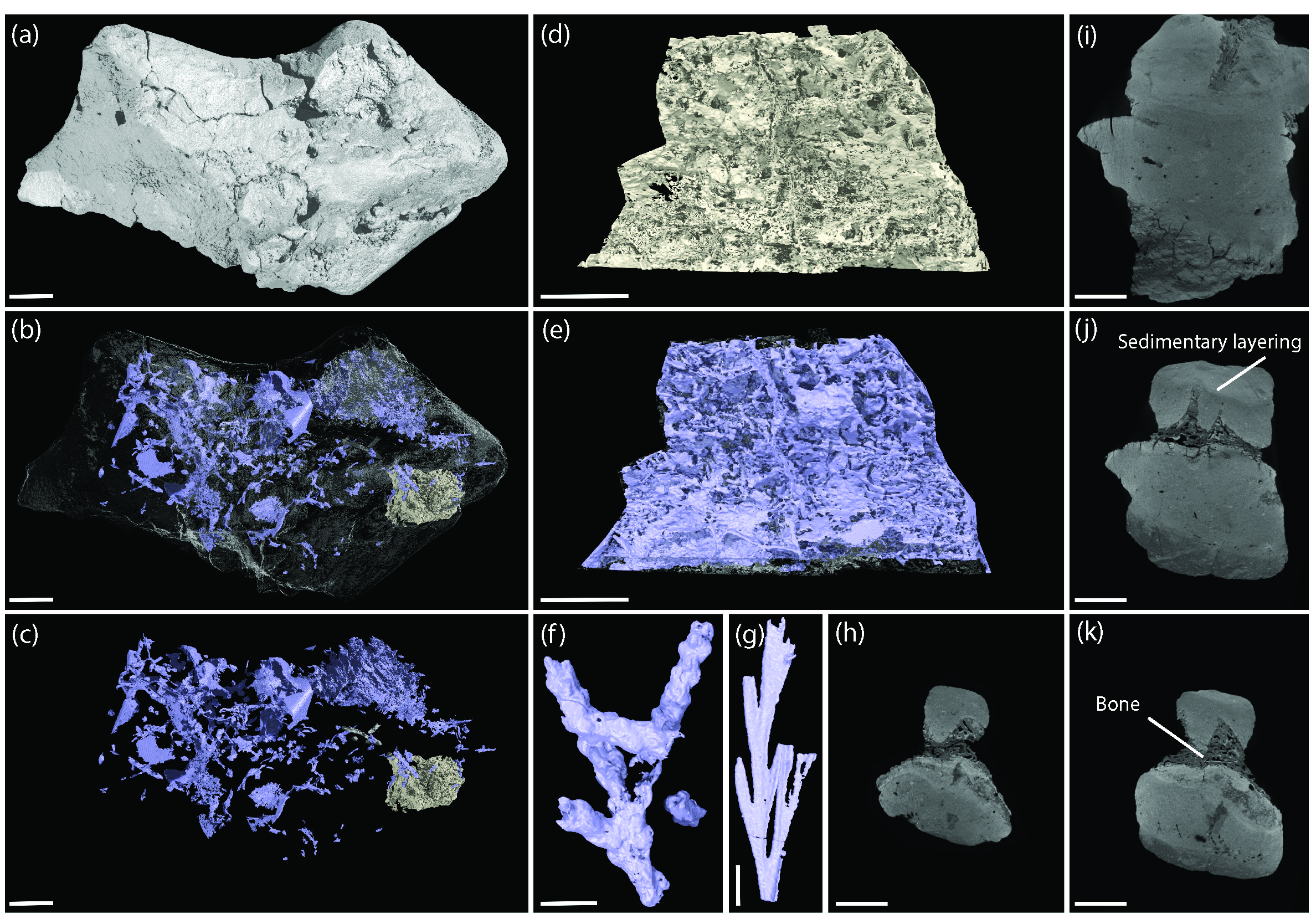
Computer reconstructuions of the fossil architecture separate the fossilized tissue from bone fragments and sediment infill.
Biology of a brain fossil
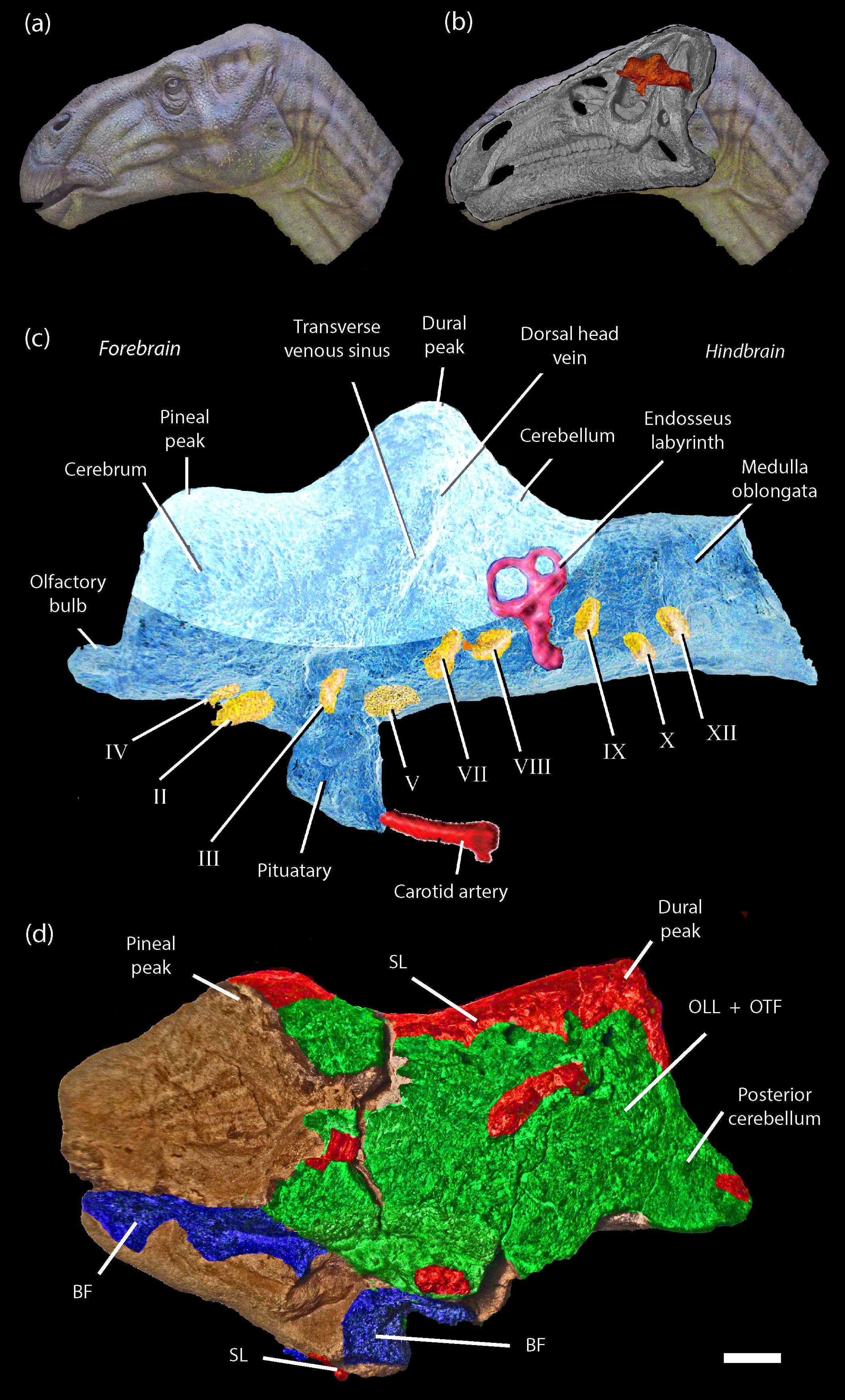
Illustrating the biological context for the brain tissue, the researchers detail what part of the dinosaur's brain the tissue came from. Based on the structures seen in the fossilized brain, the researchers said it is consistent with modern reptiles.
Structures in the fossilized brain

Images produced from a scanning electron microscope, which captures fine detail by moving a beam of electrons over an object, revealed different structures within the fossilized brain tissue. The researchers could out meninges (tissue that surrounds the brain), strands of collagen and blood vessels, and structures that could be from the brain's cortex (the outer layer of the brain).
Get the world’s most fascinating discoveries delivered straight to your inbox.
Inside the Iguanodon
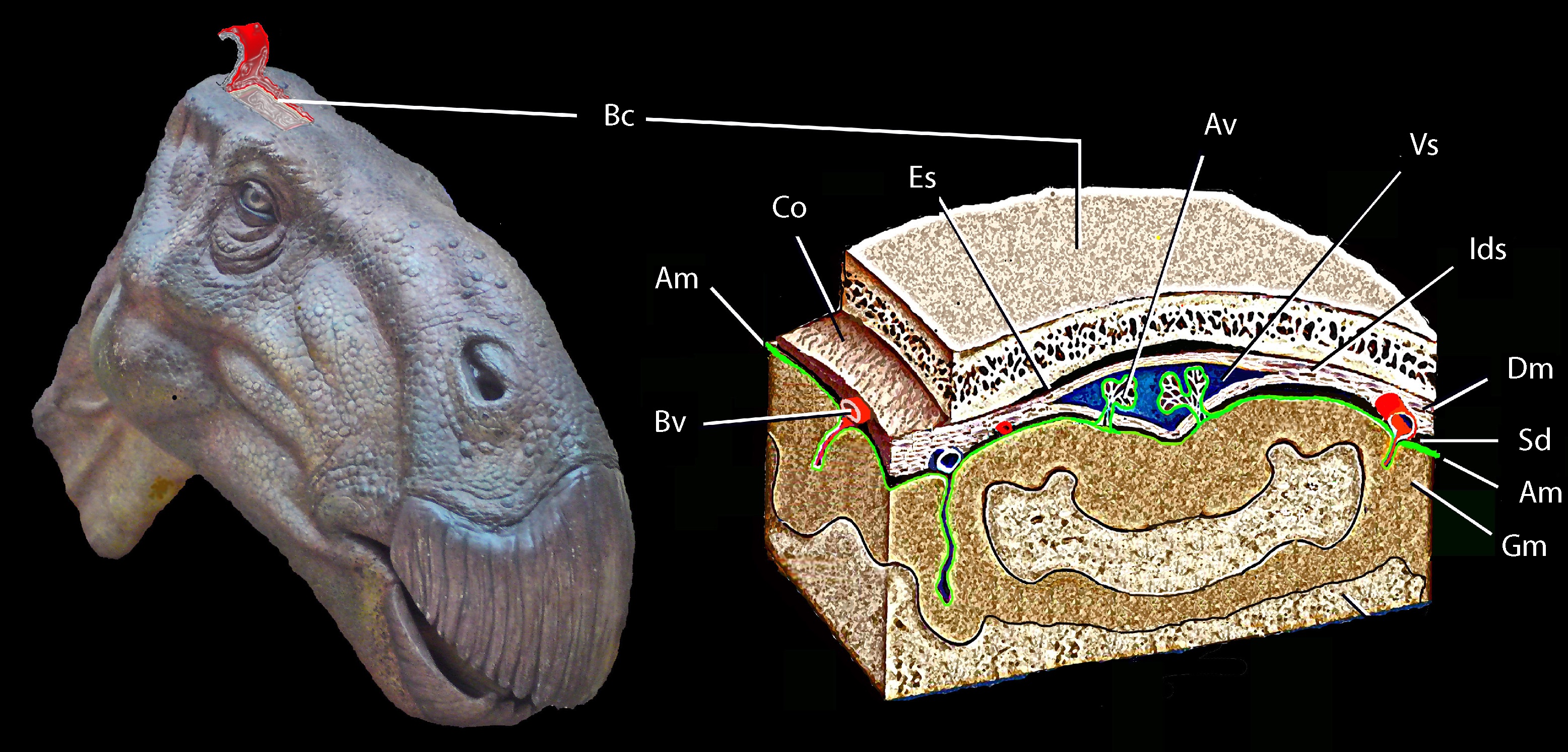
An artistic rendering of an iguanodontian dinosaur's head shows the dorsal braincase and associated soft tissue features determined through examination of the fossil.

